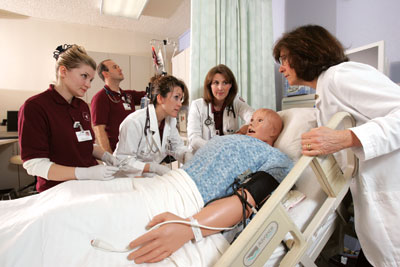Usually, nursing students study anatomy & physiology books in the first year. Though they study the books, understanding structure of the human body is quite tough for them. They rely on lessons of their instructors. After passing the first year, they do not need to study anatomy and physiology books for their educational programs. As a result, they forget the requirements very easily. But these textbooks are very good resources of information. If they regularly try to study these books, it will be easier for them to use the knowledge. These days, career of nursing is very essential for humankind. Nurses are the assistants of physicians. Sometimes they have to do a lot of essential tasks. Consequently, they need to know about anatomy and physiology. This textbook is the primary foundation of their nursing education.
Maybe you are starting college and you want to buy some books immediately? But, like most of the learners, you are on a limited price range. So, how do you go about purchasing the necessary books within your budget? There are a lot of choices available out there. So, one has to be skeptical about the offers that are made to him, while looking for inexpensive copies of textbooks like Anatomy and Physiology 9th edition and Microbiology 11th Edition, you need to consider a few things.
Anatomy of the human body and physiology is not that easy to understand. One would really have to understand each body organ and learn to discover how one can considerably impact the other organs’ features. Several techniques are made in educating the said topics. Traditionally, a teacher-students’ conversation in a class room setting will be noticed. These days, most learning organizations have also been starting to implement a lab where preserved parts of one’s human body or body parts may be found. This is one excellent way for learners to better appreciate the course. Movie or animation demonstrations will also be a great resource, aside from textbooks.
